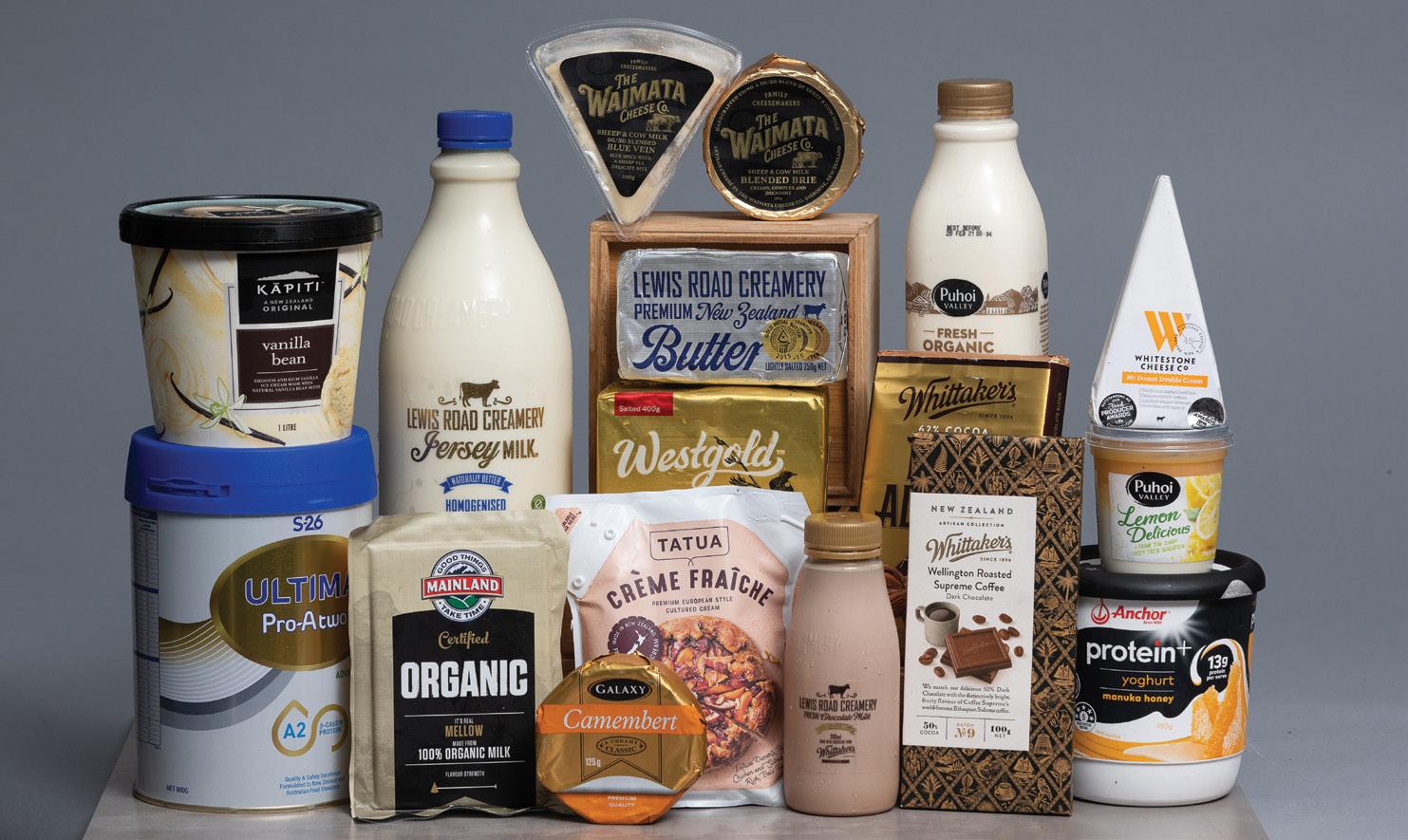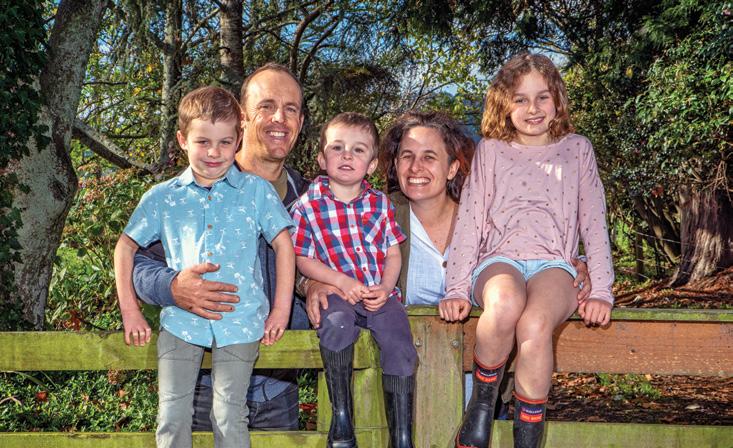STOCK SPRING ISSUES
Sorting selenium and spring energy Words by: Anne Hardie
W
hen the not-in-calf rate in the Bland’s herd soared last year, they looked for solutions in blood tests and nutritional advice to bring it down. The West Coast monitor farmers farm Mawheraiti, Reefton, and their empty rate had been creeping up for the past few years and reached 22%. They wondered whether the amount of rain at critical periods leading up and through mating for the past couple of years attributed to the higher levels and needed to find out what was going on. After blood testing 15 cows before mating last year and talking with neighbours, they found selenium deficiency was an issue. That’s despite minerals being given through the dosatron system to the herd. This year they put double the minerals into the dosatron through winter and gave the cows a copper injection, yet still had to give more selenium and a B12 injection just before calving and then mating to bring levels up higher. They are now looking at long-acting selenium injections before calving to try and keep levels up in the cows rather than experience massive swings. One farmer at the field day splits B12 and selenium into two doses that they give to the cows before and after calving which was a bit more expensive but worked for them. The Blands are now working with 78
West Coast monitor farmers Stu and Debbie Bland outlined the changes they have made to tackle high not-in-calf rates and lack of energy in their spring pastures.
MilkMap nutritionist, Cameron Burton, who along with their veterinarian gets the monitor farm information regularly so they can get all the data behind the herd and grass. Their goal is to maintain per-cow production while keeping a check on inputs on a per-cow basis which translates into getting the most efficiencies out of the cow. They have worked out F10 cows work best on their farm after breeding from the herd they bought back in 2008.
the maize silage is down by 3t/ha this year or a total of 20t, but they have the extra grass balage and silage to feed out. Last year they planted a crop of Triticale for extra winter feed but when it went woody the cows didn’t want to eat it, so this year they have planted rape on 2.5ha of gold tailings. They’re hoping it lasts longer than the Triticale and they will work with their nutritionist to look at how they best use that in the cows’ winter diet.
“How can we best use that and if we use palm kernel, what is the best way to get the most out of that? Another person seeing it with another set of eyes makes us think a bit more about what we do.” Empty rates in the cows hasn’t been their only problem in recent times. Through spring, some of Blands’ young, highproducing cows were struggling and they ended up losing a couple. That prompted them to test cows and pasture to discover there wasn’t enough energy in the pasture. Following that discovery, they bought in 45t of palm kernel to feed to the herd through mating. The upside of feeding palm kernel was they were able to make more balage. Stu says they will look at buying in palm kernel again next season, depending on the cow’s blood levels. Going into winter,
“How can we best use that and if we use palm kernel, what is the best way to get the most out of that? Another person seeing it with another set of eyes makes us think a bit more about what we do.” To date, the cows are on target for 470kg MS/cow this season and the empty rate has dropped to 12%. High empty rates in the past means they are rearing 25% of their heifer calves as replacements to provide options for building the herd up again. Replacement heifer calves are kept on the farm until three months old before being sent to a local grazier who returns them as in-calf R2s.
Dairy Exporter | www.nzfarmlife.co.nz | May 2021


























